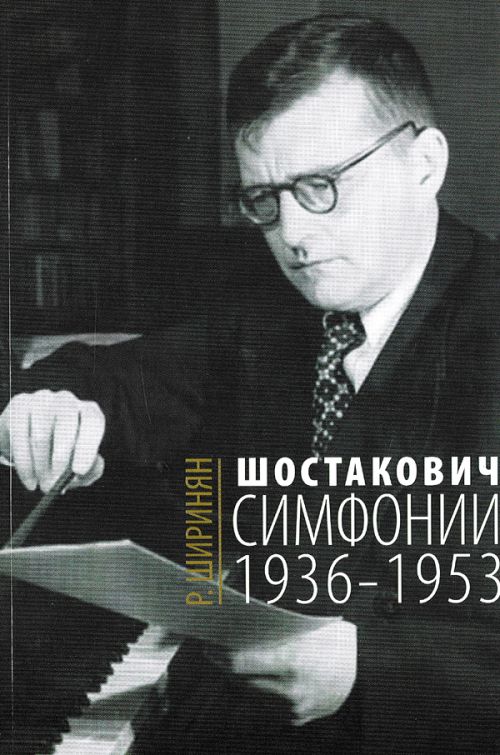Leningrad Bolshoi Symphony Orchestra
Issue #1444 (6)
Friday, January 30, 2009
Culture
Siege memories
By Galina Stolyarova
Staff Writer
Alexander Belenky / The St. Petersburg Times

http://oqulhgto.livejournal.com/524.html source of picture
People light candles in St. Petersburg this week to mark 65 years since the end of the Siege of Leningrad during World War II.
If a member of Leningrad’s Bolshoi Symphony Orchestra didn’t show up at a rehearsal during the first months of 1942, fellow musicians would begin to feel a familiar nauseousness. They knew that nobody would pick up the phone when they rang the absentee — and that a rescue brigade sent to their home would find the musician dead.
With winter temperatures lower than minus 30 degrees Celsius and no electricity or heating during the second winter of the Siege of Leningrad, the orchestra’s pianist Alexander Kamensky kept his hands warm by placing two scorching bricks on both sides of the instrument to radiate some heat. The conductor Karl Eliasberg was so weak he was driven to rehearsals on a sledge.
The Bolshoi Symphony Orchestra held its first rehearsal during the 1941-44 Siege of Leningrad on March 30, 1942 performing throughout the Siege and eventually turning into the Academic Philharmonic Orchestra that plays today. The first rehearsal lasted for 20 minutes as everyone was too weak to continue. Oboeist Ksenia Mattus compared the conductor’s hand to a wounded bird falling out of the sky.
The original idea behind the creation of the orchestra was to bring hope to Leningraders living without electricity and heating. At that time the only sounds coming out of street-mounted loudspeakers were air-raid warnings and subsequent all-clear signals.
“The Leningrad authorities wanted to give the people some emotional stimulation so that they could feel cared for,” trombonist Viktor Orlovsky, who performed at the Leningrad premiere of Dmitry Shostakovich’s Seventh Symphony on Aug. 9, 1942, said in a 2004 interview with The St. Petersburg Times.
The symphoney is now known as the Leningrad Symphony and Shostokovich penned it in reaction to the tragic events of the Siege.
“The halls were always packed, at every performance, which I thought was extraordinary,” Orlovsky said. “During the hardest period of the Siege, when people’s daily ration dropped to 125 grams of bread, some would exchange their daily meal for a ticket to our concert.”
Many Leningraders who didn’t have a radio at home would gather on the streets to listen to orchestral music coming from the loudspeakers. It was an opportunity to rise above physical weakness, fear and starvation.
In his memoirs, pianist Kamensky recalls being asked to perform for the dying mother of a woman in the besieged city. They didn’t have a radio at home, and the mother was too weak to go outside. He came to their flat and played. “What happiness, happiness,” the dying woman said.
Although the members of the orchestra did receive additional rations to be able to go on stage and perform, their physical condition wasn’t much better than that of an average citizen.
Orlovsky remembered cutting the edges of his valenki (felt overshoes) to be able to stick his swollen feet in them. The musical instruments suffered a lot, too.
For The St. Petersburg Times
Dmitry Shostakovich pictured in the 1940s when he wrote the Seventh Symphony.
Orlovsky said he found out the orchestra had some unlikely admirers.
The Germans were close enough to the city to be able to catch the Leningrad radio signals that carried many of the orchestra’s concerts.
The musicians who performed to lift the spirits of Siege survivors appeared to have supported the emotional state of their enemy as well.
“Of course, we had a diverse repertoire, we played some Bach and Wagner,” Orlovsky said. “And some German prisoners of war admitted they couldn’t wait to listen to us, they needed the music just as much as the Russians. I didn’t feel frustrated when I found out. Of course I knew they weren’t all fascists.”
The orchestra gave 300 performances during the nearly 900 days of the Siege of Leningrad but the performance of Shostakovich’s Seventh Symphony was special.
Hitler had planned a banquet in Astoria Hotel on Aug. 9, 1942, the day of the performance. But not only hadn’t the Germans entered the city, not a single bomb fell on the Philharmonic on that night although the hall was lit up.
“There were no curtains, and the light was coming out of the windows,” Orlovsky said. “People in the audience were screwing up their eyes as they had got used to life without electrical light … everyone was dressed up and some even had their hair done, the atmosphere was so festive and optimistic it felt like a victory.”
Eliasberg received a bouquet of flowers from a teenage girl who said her family did this because “life had to go on as usual whatever happens around.”
The musicians hadn’t known that the Soviet Army had developed a special secret operation specifically to protect the building during the performance of the Seventh Symphony, also known as the “Leningrad Symphony.”
Information about the operation was made public only 20 years after the event, and the orchestra themselves hadn’t known until then.
Many years after the end of the war the conductor Eliasberg was approached by a group of German tourists, who had once been on the other side of the barricades listening to his orchestra playing Shostakovich.
They came to town specifically to tell the musician that back then on Aug. 9 1942, they had known they would never take Leningrad. Because, they said, there was a factor more important than starvation, fear and death.
They came to town specifically to tell the musician that back then on Aug. 9 1942, they had known they would never take Leningrad. Because, they said, there was a factor more important than starvation, fear and death.
© Copyright The St. Petersburg Times 1993 – 2010